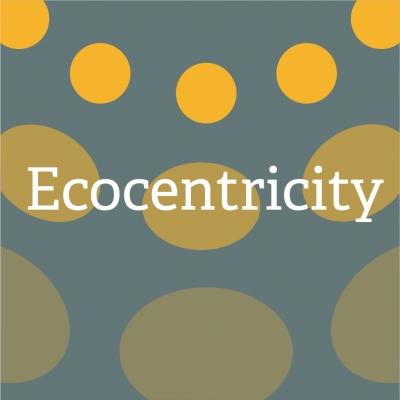Ecocentricity Blog: Eat It, Just Eat It
By: John A. Lanier

Ecocentricity Blog: Eat It, Just Eat It
I was not what you might call the “cool kid” in college. Shocker, I know. You’d have thought that I’d have been more popular given my job as the statistician for the men’s lacrosse team and the Star Wars trivia bouncing around my brain. But no, my group of friends stayed quite small. Hey, at least that meant the line was short to get in on the next game of Super Smash Bros.!
I developed some remarkable relationships in college, and we’ve continued to stay in touch as marriage and children have complicated our lives. I am grateful for that. I also treasure many of the memories I made with these old friends.
I’ll share one in particular. When we graduated, one of my closest friend’s mother was stationed in Beijing while working for the U.S. State Department. He invited me and another friend to come spend two weeks with his family in China, which was an incredible opportunity. We saw everything that Beijing had to offer, and also travelled to Datong and Xi’an. The latter city was particularly special for me, as seeing the Terracotta Army in person was the number one item on my bucket list.
We saw and experienced so much, but perhaps the most striking aspect of visiting China was the cuisine. It turns out that food in China is rather different than the Chinese food available in the United States. From wood ear mushrooms to lotus roots to REAL Peking Duck, I felt that China’s food was the most authentic cultural experience of my whole trip.
Which I was reminded of recently when reading this NPR article about 50 foods we should eat for healthier people and a healthier planet (here’s a link to the list of foods).
It’s a fascinating read, and I am impressed by the criteria for curating this list: nutrition, environmental impact, flavor, accessibility, acceptability and affordability. The list is quite comprehensive (though intentionally exclusive of animal protein) and goes beyond the typical grains/fruits/vegetables/greens to include algae, seeds, sprouts and tubers.
True to my story though, reading through the list feels like a cultural experience. I’d never heard of Bambara groundnuts (legume from Africa), nopales (cacti found in Central America, South America, Africa and the Middle East), or black salsify (root vegetable in Europe), but now I want to try them all! I was particularly pleased to see lotus root on that list, as it brought me right back to the local restaurants we visited in Beijing.
What we eat matters. It impacts our health, our environment, and the economic opportunities for farmers around the globe. We find culture in our foods, whether the micro-culture of our family traditions or the macro-culture of national cuisines. As my wife wrote in last week’s blog about fashion, it’s easy to consume mindlessly, but we should all strive to be mindful. In doing so with our diets, we can experience the richness of all that Mother Nature offers to us.
This blog is also available via email subscription.Click here to subscribe and to receive Ecocentricity automatically every Wednesday morning via email

